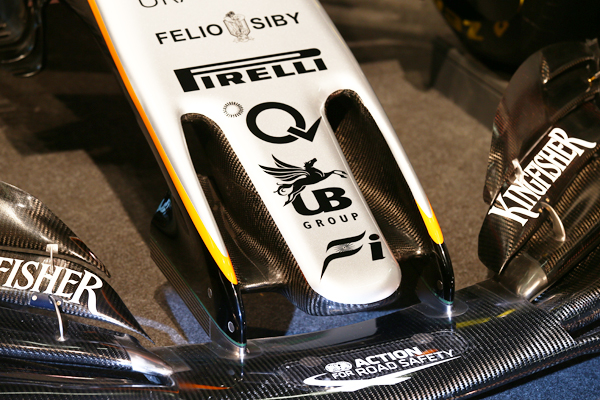
RAISING SUSPICION WITH THE SUSPENSION
Mercedes’ hydraulic pitch control system has come under close scrutiny from the FIA over the winter following a letter sent to F1’s governing body by Ferrari in order to clarify the suspension design.
Being able to control the car’s attitude represents a massive boost in terms of aero efficiency and the FIA has pledged to rule on the matter by issuing a technical directive ahead of pre-season testing.
Some fear the row could further escalate at Melbourne where teams could lodge a complaint with the Australian Grand Prix stewards. Mercedes motorsport boss Toto Wolff explains why the threat of a full-blown conflict does not faze the German manufacturer’s works outfit.
“There have been discussions in the TRM [Technical Regulations Meeting] around suspensions and legality,” he said. “As far as Mercedes is concerned, I am very confident and comfortable with the situation. We know what the rules say and what you are allowed and not allowed to do.”
This year’s suspension systems have been designed with Pirelli’s 25 percent wider tyres in mind, with the dimensions increasing from 245mm to 305mm at the front and from 325mm to 405mm at the rear.
On the Force India VJM10, the positioning of suspension elements has led to the car sporting a stepped nose in the area where the front end and bulkhead meet.
While Brackley’s chassis engineers have avoided this unattractive look, they still had to raise the upper wishbone with a sturdy rod that connects to the wheel. Elevating the wishbone has also freed up more space for the airflow.
When designing their latest war horses, F1 teams did not know exactly how Pirelli’s new compound would work so they had to show some “flexibility”, to quote Costa, and keep their design options open to various future developments.
At the front, Mercedes has elected to ditch the conjoined wishbone layout it pioneered back in 2014 but the approach has been transferred at the rear, where it replaces Mercedes’ profiled cover that housed one of the suspension legs and part of the drive shaft.
As a reminder, the incidence of the suspension legs has gone from +/-5° to +/-10°, as part of the new technical regulations.






